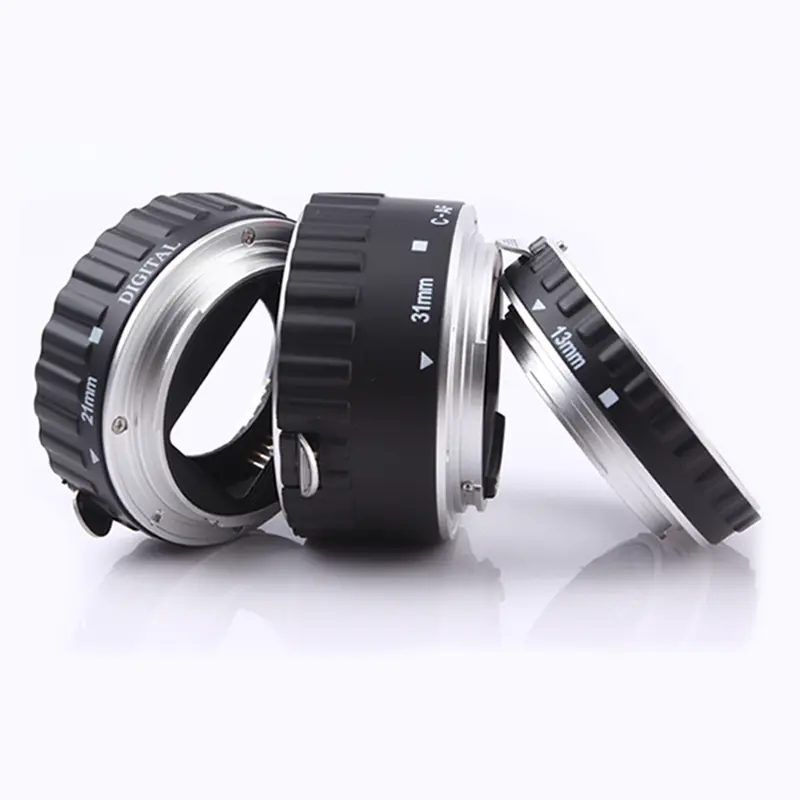

Time:2025-05-06 Views:1

Using a macro lens effectively requires a combination of technical skills, creative vision, and attention to detail. Here are the key steps and techniques for using a macro lens to capture stunning close - up images.
The first step is to choose the right subject. Macro lenses are ideal for photographing small subjects that are rich in detail, such as flowers, insects, small animals, jewelry, and tiny objects. When selecting a subject, look for interesting textures, colors, and shapes that will translate well into a close - up image. Once you've found a subject, position yourself carefully. With a macro lens, the working distance (the distance between the lens and the subject) can be very short, especially at high magnification ratios. Approach the subject slowly and quietly to avoid disturbing it, especially if it's a living creature.
Next, focus carefully. Macro lenses often have a very shallow depth of field, meaning that only a small portion of the subject will be in focus. Use the autofocus function of your camera and lens, but be prepared to switch to manual focus for more precise control, especially when shooting at wide apertures. When focusing, pay attention to the critical areas of the subject, such as the eyes of an insect or the center of a flower. You can also use techniques like focus stacking, where you take multiple photos at different focus distances and then combine them in post - processing to achieve a greater depth of field.
Lighting is crucial in macro photography. Since you are working very close to the subject, the light source can have a significant impact on the image. Natural light can be a great option, especially soft, diffused light from an overcast sky or during the golden hours of sunrise and sunset. However, you may also need to use artificial lighting, such as flash units or continuous LED lights. When using a flash, consider using a diffuser to soften the light and reduce harsh shadows. You can also use reflectors to bounce light onto the subject and fill in shadows.
Composition is another important aspect. In macro photography, the details of the subject become the main focus, so pay attention to the arrangement of elements within the frame. Use the rule of thirds, leading lines, and symmetry to create a visually appealing composition. Experiment with different angles and perspectives to add variety to your images. For example, shooting from a low angle can give a unique and dramatic look to a small subject.
Finally, pay attention to camera stability. Even the slightest movement can cause blurriness in macro photography due to the high magnification. Use a tripod or a stable surface to support your camera. If using a tripod, make sure it is set up securely and adjust the height and angle to get the best shot. You can also use a remote shutter release or the self - timer function of your camera to minimize camera shake when pressing the shutter button. With practice and patience, you can master the art of using a macro lens to create beautiful and detailed close - up images.
Read recommendations: